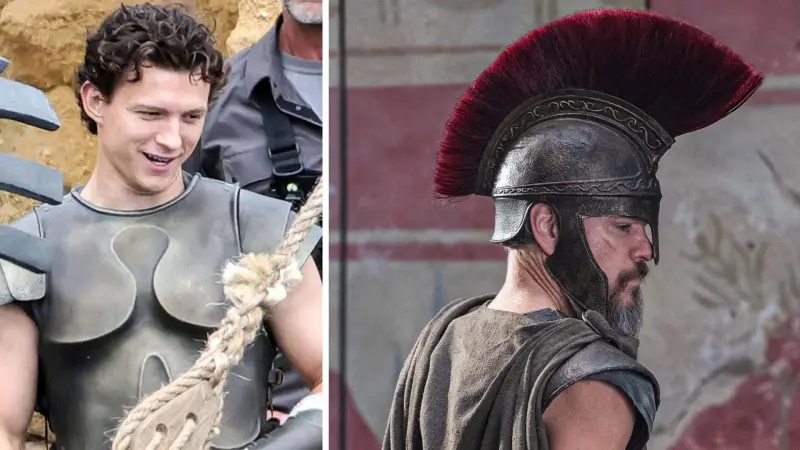Introduction
Ragnarok, the cataclysmic event in Norse mythology, describes the ultimate destruction and rebirth of the cosmos. Rooted in the Poetic Edda and the Prose Edda, Ragnarok is often interpreted as both an apocalyptic myth and a prophetic vision of cyclical renewal. While some view it as a symbolic narrative about the nature of time and existence, others suggest it may have been influenced by historical events and eschatological beliefs. This article explores Ragnarok’s origins, its significance in Norse culture, and its possible interpretations as either myth or prophecy.
The Myth of Ragnarok
Ragnarok, meaning "Fate of the Gods" or "Twilight of the Gods," is described as a series of catastrophic events leading to the death of major Norse deities, the destruction of the world, and its eventual rebirth. The myth unfolds in several key stages:
Prelude to Doom – The world experiences social and cosmic upheaval, including the Fimbulwinter, a prolonged and harsh winter that plunges humanity into chaos.
The Great Battle – A final war erupts between the gods (Æsir) and their enemies, the giants and Loki’s monstrous offspring. Odin fights the wolf Fenrir, while Thor battles Jörmungandr, the Midgard Serpent.
Destruction of the Cosmos – The world is engulfed in flames as Surtr, the fire giant, sets the earth ablaze. Most of the gods perish in battle.
The Renewal of the World – After the destruction, a new world emerges from the ruins. Survivors, including Balder, return to restore order, and two human beings, Líf and Lífþrasir, repopulate the earth.
Ragnarok as a Cultural Reflection
Ragnarok was more than an eschatological belief; it was a reflection of Norse cosmology, emphasizing the inevitable cycle of death and rebirth. Unlike Christian apocalyptic traditions, which often depict an absolute end, Ragnarok signifies renewal and continuity. This concept mirrors the seasonal changes in Scandinavian climates, where harsh winters give way to new life in spring.
Moreover, the moral and existential themes of Ragnarok resonate deeply with Norse values. The gods fight valiantly despite their foreseen doom, reflecting the warrior ethos of Norse society, where courage and honor held greater significance than survival.
Ragnarok as Prophecy
Some scholars propose that Ragnarok was viewed as a prophetic event, forecasting a future catastrophe. Several theories support this interpretation:
Cosmic Predictions – The descriptions of eclipses, earthquakes, and extreme weather conditions align with real-world environmental disasters, leading some to speculate that the myth was inspired by volcanic eruptions or climate shifts in ancient Scandinavia.
Historical Parallels – The Viking Age saw widespread social and political upheaval, including the Christianization of Norse lands. Ragnarok’s theme of a dying old order and the emergence of a new world may symbolize the transition from paganism to Christianity.
Eternal Cyclicality – In some Norse traditions, Ragnarok is not the final end but part of an ongoing cycle. The rebirth of the world suggests a repeating cosmic process, which aligns with Indo-European mythological motifs.
Modern Interpretations and Influence
Ragnarok continues to captivate scholars, writers, and filmmakers, influencing popular culture in various ways. From Richard Wagner’s Ring Cycle to Marvel’s Thor: Ragnarok, the myth remains a potent narrative of destruction and rebirth. Modern interpretations often frame it as a cautionary tale about environmental destruction, warfare, and the resilience of human civilization.
Conclusion
Whether viewed as a mythological construct or a prophetic vision, Ragnarok encapsulates fundamental themes of destruction, heroism, and renewal. Its significance in Norse thought underscores a worldview where endings are not absolute but serve as transitions to new beginnings. While the myth remains a subject of scholarly debate, its enduring impact on literature, philosophy, and popular culture reaffirms its relevance as one of the most profound narratives in human history.







